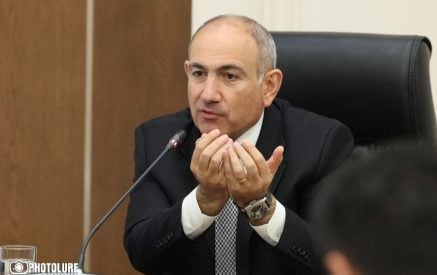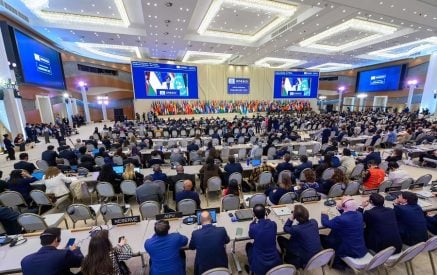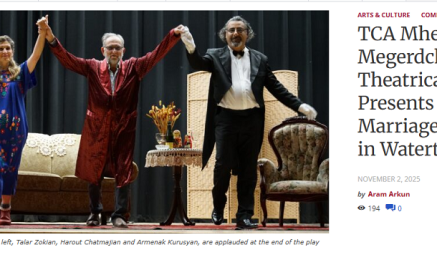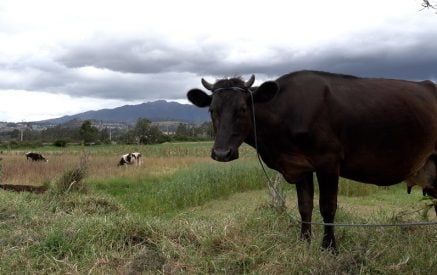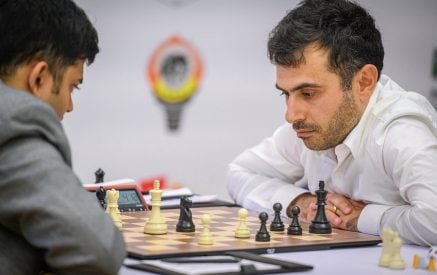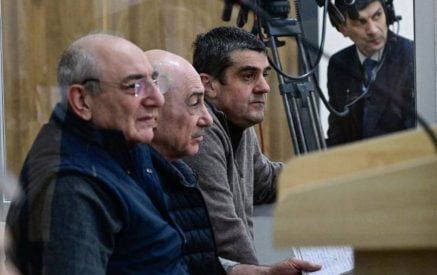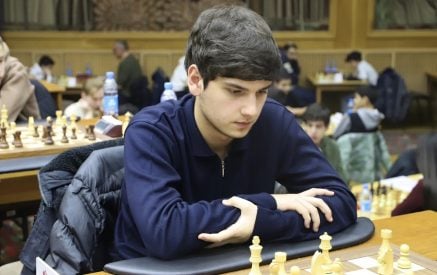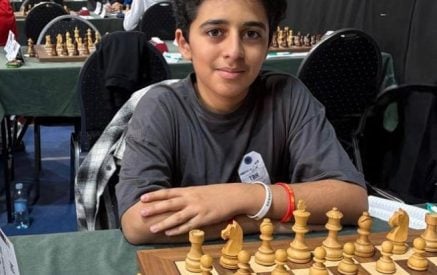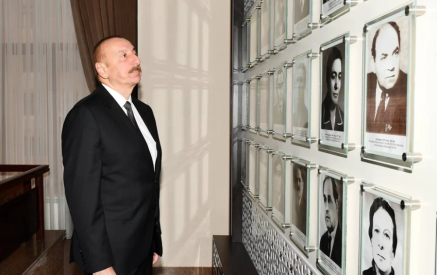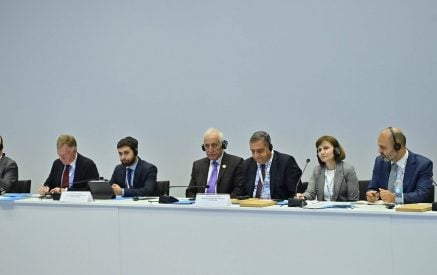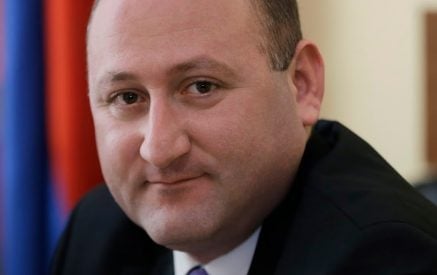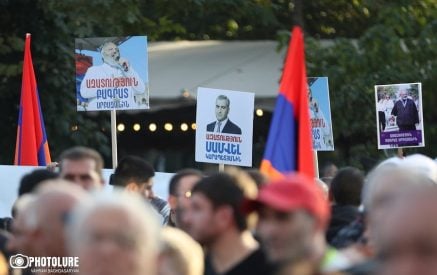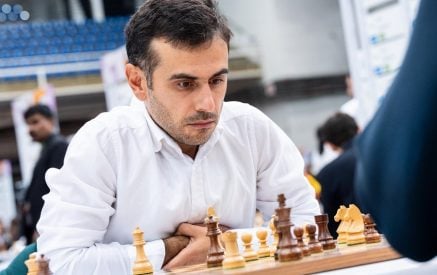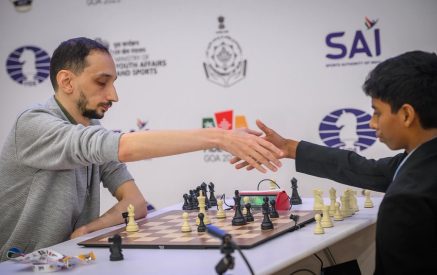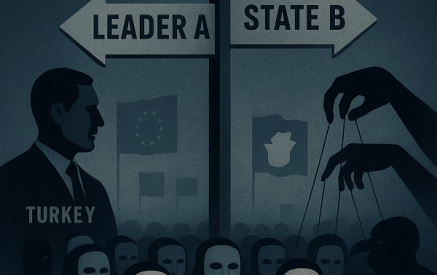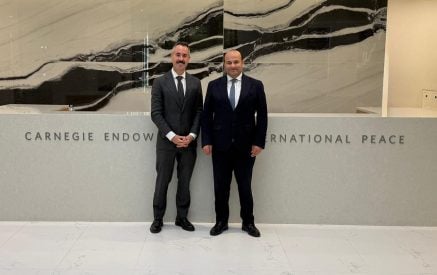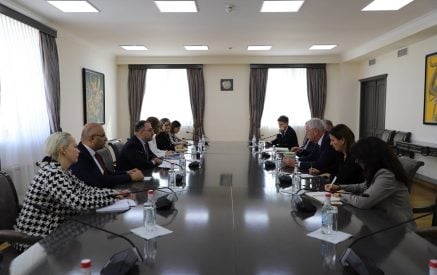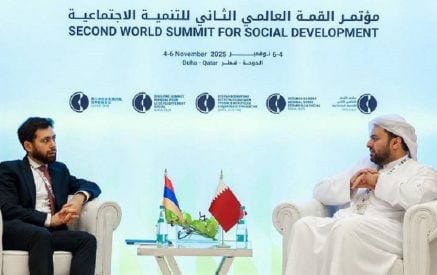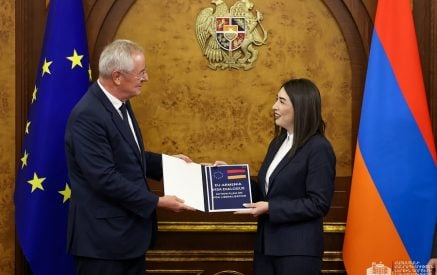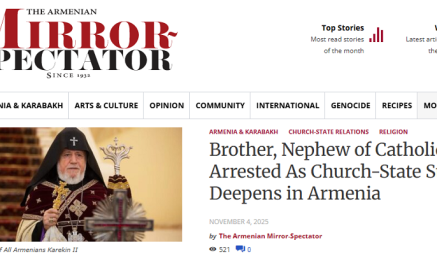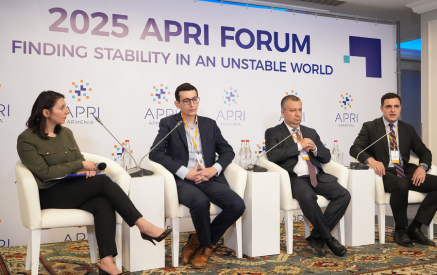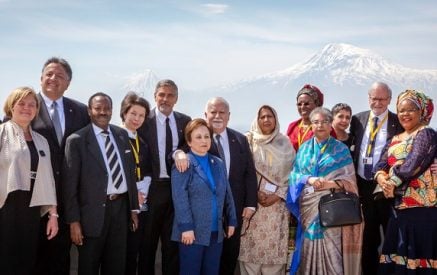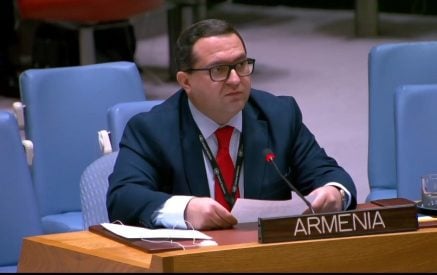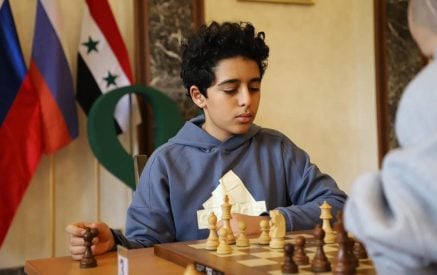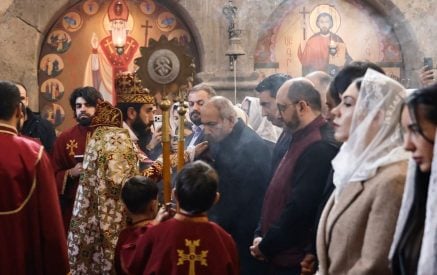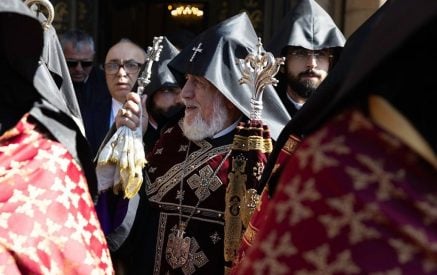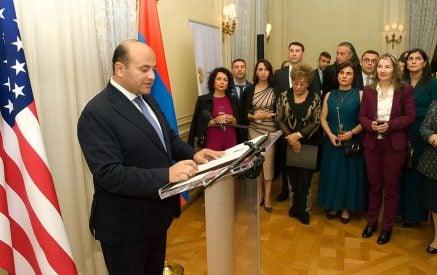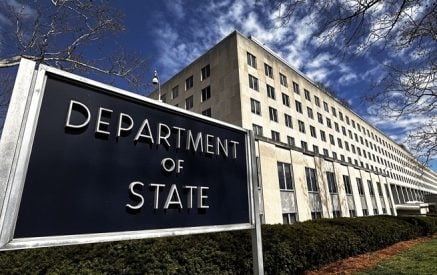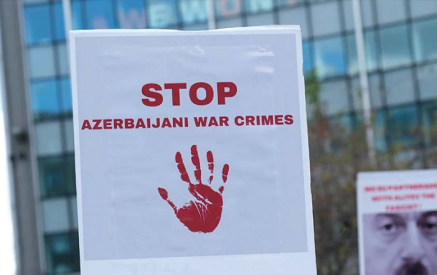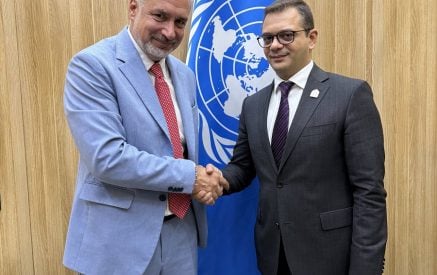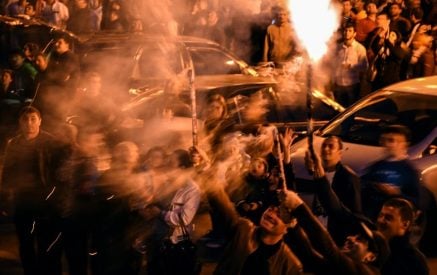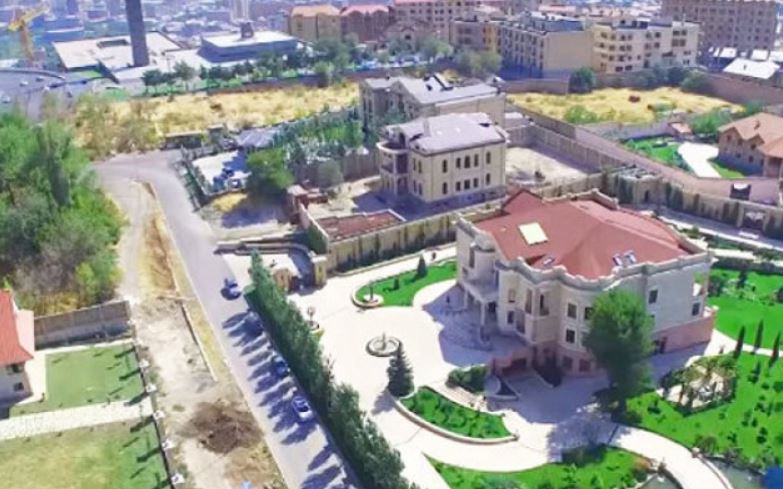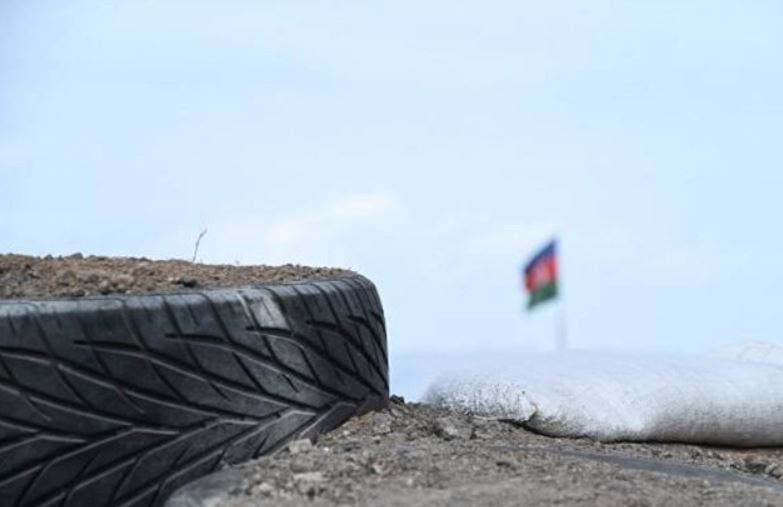What was Armenian society concerned about in 2016-2018: the security of Armenia, the issue of Artsakh, the economic development of Armenia, the modernization of our country? Obviously not. We were busy with “Sashik 50/50,” “Kocharyan’s 4 billion,” speedometers, and finally “Manvel Tushonka.” They were symbols around which political myths were woven (let me remind you that a myth is not necessarily a lie). These, in turn, became the basis of revolutionary PR, and I continue to argue that it was used (even to the point of backpack accessories) by professional political technologists.
Among the symbols of myths and legends mentioned above was the concept of “Castles of Monument.”. We were asked: do you want to be convinced that the authorities are thieves? You don’t have to go far. Go to Monument and see what palaces were built with money stolen from the people, from the state budget. And when the revolution took place, it was mentioned that now all that would be returned to the people – “penny by penny,” “kebab by kebab.”
But now, just four years later, it turns out that the owners of these castles are selling them very quietly. If we are guided by the “hypothesis of robbery,” then it turns out that the money obtained through corruption is being laundered, and now the corrupt can use that money in a completely legal way.
There can be two explanations: either the castles were built with pure money and the talk of kebabs and their return was just propaganda tricks, or those palaces are really monuments of corruption, and the sale is carried out with the permission of state corruption circles. Something tells me that the second assumption is more correct.
Read also
What are the dangers of myths when they are used for dishonest purposes? They make us forget the more important, more vital issues. Most Russians, for example, believe that the citizens of Ukraine who resist the invasion of the Russian army are “Banderites” and “Nazis” who must be destroyed. Such an approach not only makes people intolerant and cruel, but also diverts their attention from Russia’s real problems.
In the same way, Armenian society, which lived and continues to live to a large extent with the myths of “revenge against the thieves,” could not mobilize its forces during the war to save Artsakh and, ultimately, Armenian statehood.
Aram Abrahamyan


